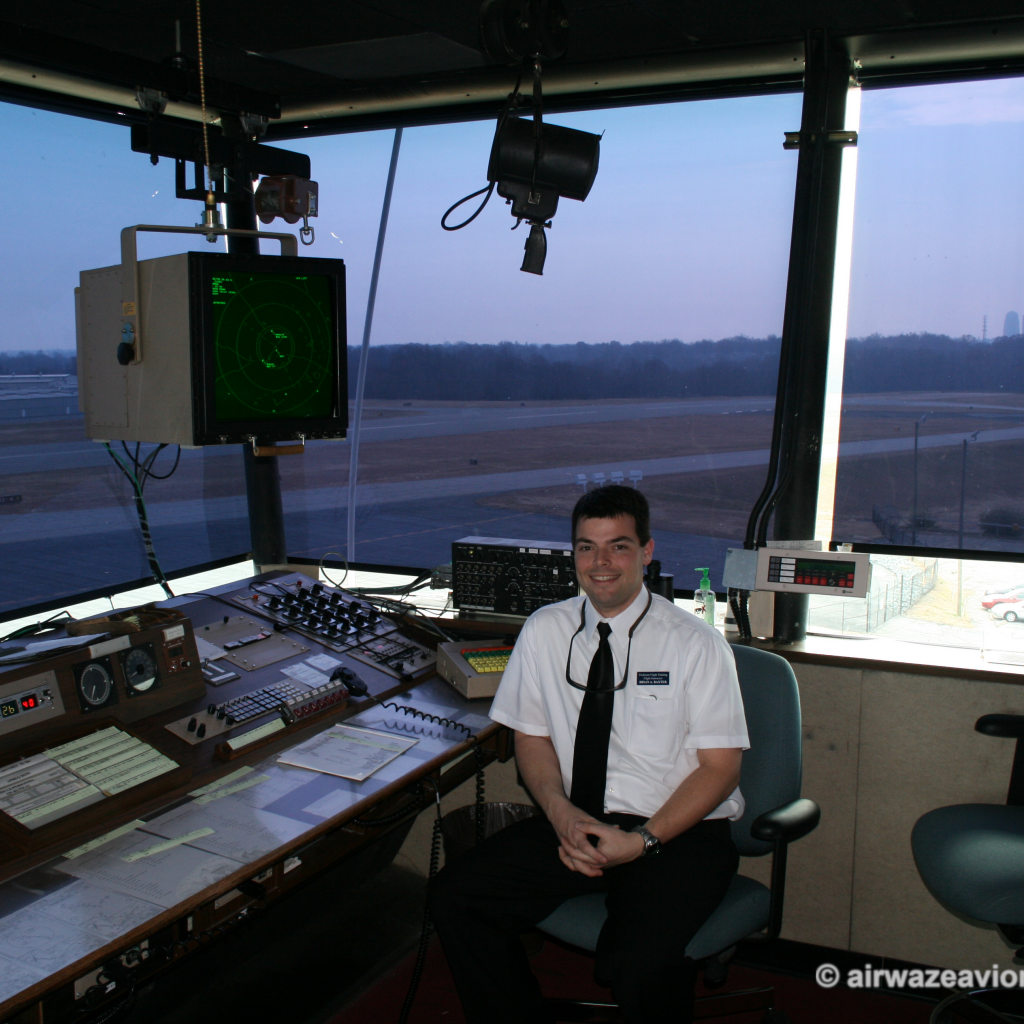
The U.S. air traffic control (ATC) system has long been considered one of the most complex and capable in the world. But behind the scenes, it’s showing its age. Many of the systems used today — including radar and voice communication infrastructure — are based on technologies developed decades ago. With air traffic volumes growing and with recent accidents and close calls in mind, it’s clear that modernization isn’t just necessary — it’s urgent.
External source: Read the full article at ABC News
The Legacy Burden
At the heart of America’s ATC system is a patchwork of aging radar systems, analog radios, and software platforms that sometimes date back to the 1980s. Maintenance is expensive, integration is difficult, and resilience is a growing concern. Controllers still rely heavily on voice transmissions and manual coordination, even in major metropolitan airspaces.
Outages, staffing shortages, and slow response to real-time conditions continue to highlight vulnerabilities — and travelers are noticing. Delays, reroutes, and inefficiencies cost the industry billions annually. Just recently there have been a number of outages at some of the busiest airports in the United States. Most recently at Newark international as reported in this story:
External source: Read the full article at Reuters
ADS-B: A Step Forward
Automatic Dependent Surveillance–Broadcast (ADS-B) is one of the few bright spots in recent years. As part of the FAA’s broader NextGen initiative, ADS-B shifts surveillance from ground-based radar to satellite-enabled, GPS-based tracking.
Unlike radar, which sweeps intermittently, ADS-B provides continuous, real-time position updates. Aircraft equipped with ADS-B Out broadcast their position, speed, and altitude to controllers — and to other aircraft equipped with ADS-B In. This improves:
- Surveillance coverage in remote areas
- Aircraft separation and routing efficiency
- Pilot situational awareness, especially in the cockpit
ADS-B is already reducing reliance on radar and improving safety and spacing, especially in areas with poor radar coverage like Alaska or over the Gulf of Mexico.
What Comes Next?
ADS-B is a solid foundation, but it’s only the beginning. Experts and FAA planners agree on several next steps for modernizing ATC:
- Data Communications (Data Comm): Replacing voice instructions with digital messages to reduce congestion and misunderstandings.
- NextGen Flow Management Tools: Using real-time traffic and weather data to optimize routing, altitude, and sequencing.
- Artificial Intelligence and Predictive Analytics: To assist human controllers in managing complex flows and identifying anomalies.
- Space-Based Surveillance: Extending coverage beyond terrestrial receivers by integrating satellite relays.
- Controller Automation Enhancements: Helping relieve workload and reduce errors with smart coordination systems.
Conclusion
The U.S. air traffic control system is due for its biggest transformation in decades — and that transformation has started, even if slowly. ADS-B represents a crucial pivot point, moving the system from reactive radar tracking to proactive data-sharing.
With sustained investment, collaborative innovation, and emerging technologies, America’s skies can become safer, smarter, and more efficient for decades to come.